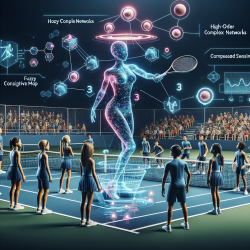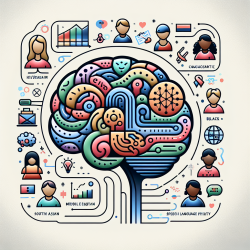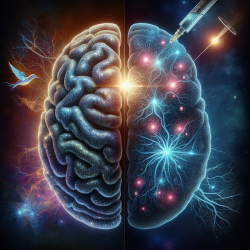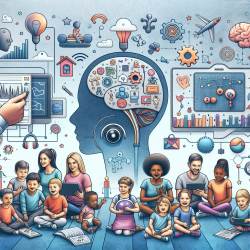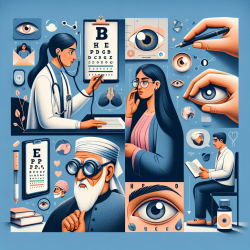In the ever-evolving landscape of education, integrating artificial intelligence (AI) has opened new avenues for enhancing teaching methodologies. A recent study titled Physical education teaching mode assisted by artificial intelligence assistant under the guidance of high-order complex network delves into the transformative potential of AI in physical education, particularly in tennis instruction. This blog explores the key findings of the study and how practitioners can leverage these insights to improve their teaching strategies.
Understanding the Study
The research focuses on incorporating AI technology into tennis teaching in schools, aiming to create an intelligent teaching system. This system includes an expert system, an image acquisition system, and an intelligent language system. The study introduces a framework called Compressive Sensing-Fuzzy Cognitive Map (CS-FCM), designed to address challenges in automatic learning methods within AI-assisted teaching systems.
Key Components of the Intelligent Teaching System
The intelligent teaching system proposed in the study consists of three main components:
- Expert System: Provides domain-specific knowledge and decision-making capabilities.
- Image Acquisition System: Captures real-time visual data to analyze and enhance teaching methods.
- Intelligent Language System: Facilitates communication and feedback between the AI system and students.
Benefits of the CS-FCM Framework
The CS-FCM framework offers several advantages:
- Robust Convergence and Stability: The framework achieves stable convergence with a reconstruction error below 0.001 after 15 iterations.
- Scalability: Capable of learning large-scale FCM structures, making it suitable for complex educational environments.
- Enhanced Prediction Accuracy: Outperforms traditional models like AR and ANN in predicting time series data.
Implementing AI in Physical Education
Practitioners can implement the findings of this study to enhance their teaching methodologies in the following ways:
- Adopt AI Teaching Assistants: Use AI systems to provide real-time feedback and personalized training plans for students.
- Utilize Image Acquisition Systems: Integrate visual data analysis to monitor and improve students' performance.
- Leverage Intelligent Language Systems: Facilitate better communication and feedback mechanisms between students and the AI system.
Encouraging Further Research
While this study offers promising insights, it also highlights the need for further research to refine AI applications in physical education. Practitioners are encouraged to explore additional studies and stay updated with the latest advancements in AI technology.
To read the original research paper, please follow this link: Physical education teaching mode assisted by artificial intelligence assistant under the guidance of high-order complex network.
